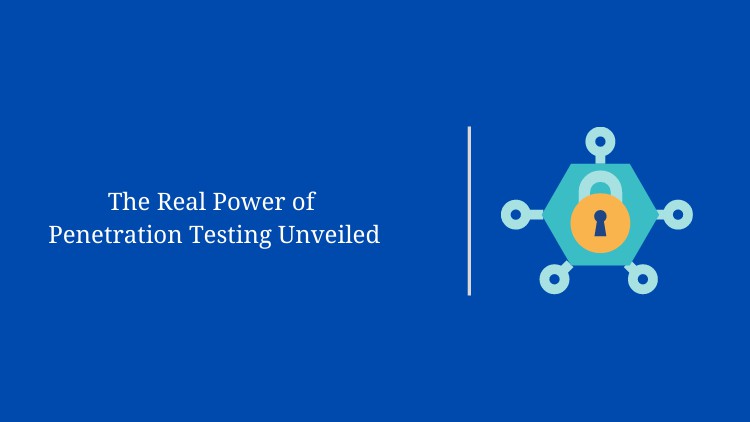
You will learn the techniques to penetrate devices, servers and clients.
☑ Learn the motives and mindset of an attacker
☑ Carry out the penetration testing methodology like a professional
☑ Explore methods to attack devices and servers
☑ Investigate the process of attacking the client side of the network
☑ Explore penetration testing
☑ Experience the process of identifying weaknesses and then attacking them
☑ Learn techniques to penetrate perimeter devices
☑ Explore the challenge of defeating enterprise defenses
☑ Practice a multitude of evasion tactics
☑ Perform penetration testing by using client side tactics
☑ Compete against a live progressive target range
☑ Enhance your professional security testing skills
☑ Develop a roadmap to becoming a professional penetration tester
To effectively secure the networks of today requires the establishment of the hacker mindset. That is, you have to attack your own network to learn how to defend it. A penetration test, colloquially known as a pen test, pentest or ethical hacking, is an authorized simulated cyberattack on a computer system, performed to evaluate the security of the system. Learn to pentest and you will learn what cybersecurity is all about.
In this course, you will learn how to build and hone the skills to create that mindset of someone who has the sole purpose of attacking a system and/or network. Following the initial skill development, you will learn the process and methodology of professional penetration testing.
You will learn the techniques to penetrate devices, servers, and clients. Each day you will be presented a scope of work and have a number of targets to engage and attempt to “own.” The targets will be progressive in nature with the size of the attack surface being reduced as your skill sets increase.
By the time you leave the course, you will have performed a number of simulated professional penetration testing engagements as well as drafted a preliminary report of findings. The processes and techniques you will be exposed to have been used to train a number of global penetration testing teams. The system is proven and effective and can be put into place at once.
English
Language
Module Zero
Segment – 01 – Building the Cyber Range
Segment – 02 – Multiple Layers and Switches
Segment – 03 – Customizing IP Addresses
Segment – 04 – Finding and Building Your Own Machine
Segment – 05 – Building and Advanced Range
Module One
Segment – 06 – The Process of Penetration Testing
Module Three
Segment – 07 – The Abstract Methodology
Segment – 08 – Planning
Segment – 09 – Intrusive Target Search and Scanning Methodology
Segment – 10 – Network Mapping and Nmap
Segment – 11 – Understanding Open Ports
Segment – 12 – Services Running on Ports
Segment – 13 – Enumeration
Module Three
Segment – 14 – Identification of Vulnerabilities Manual
Segment – 15 – Identification of Vulnerabilities Manual Dups
Segment – 16 – Openvas
Module Four
Segment – 17 – Validation of Vulnerabilities
Segment – 18 – Exploit Tools and Distributions
Module Five
Segment – 19 – Data Analysis Review
Segment – 20 – Reporting and Showcasing Results
Labs Module One
Lab 01 – Part 01 Setting Up a Flat Network
Lab 01 – Part 02 – Understanding Virtual Box
Lab 01 – Part 03 – VM Workstation Player
Lab 02 – Part 01 – Setting Up Multiple Layer
Lab 02 – Part 02 – Virtual Box
Lab 02 – Part 03 – VMware Player Methods
Lab 03 – Customizing Your IP Addresses
Lab 04 – Building Your Own Machine Kioptrix
Lab 05 – Setting Up The Advanced Range
Labs Module Two
Lab 01 – Instrusive Target Search
Lab 02 – Scanning Live Systems
Lab 03 – Ports
Lab 04 – Services Scan
Lab 05 – Enumeration
Labs Module Three
Lab 01 – Vulnerability Sites
Lab 02 – Using Nmap
Lab 03 – Exploring Openvas
Lab 04 – Exploring Nessus
Lab 05 – Exploring Nikto
Labs Module Four
Lab 01 – Exploitdb
Lab 02 – Exploitdb Dups
Lab 03 – Tcpdump Data Analysis
Quizzes
Module One
Module Two
Module Three
Module Four
Module Five
Module Six